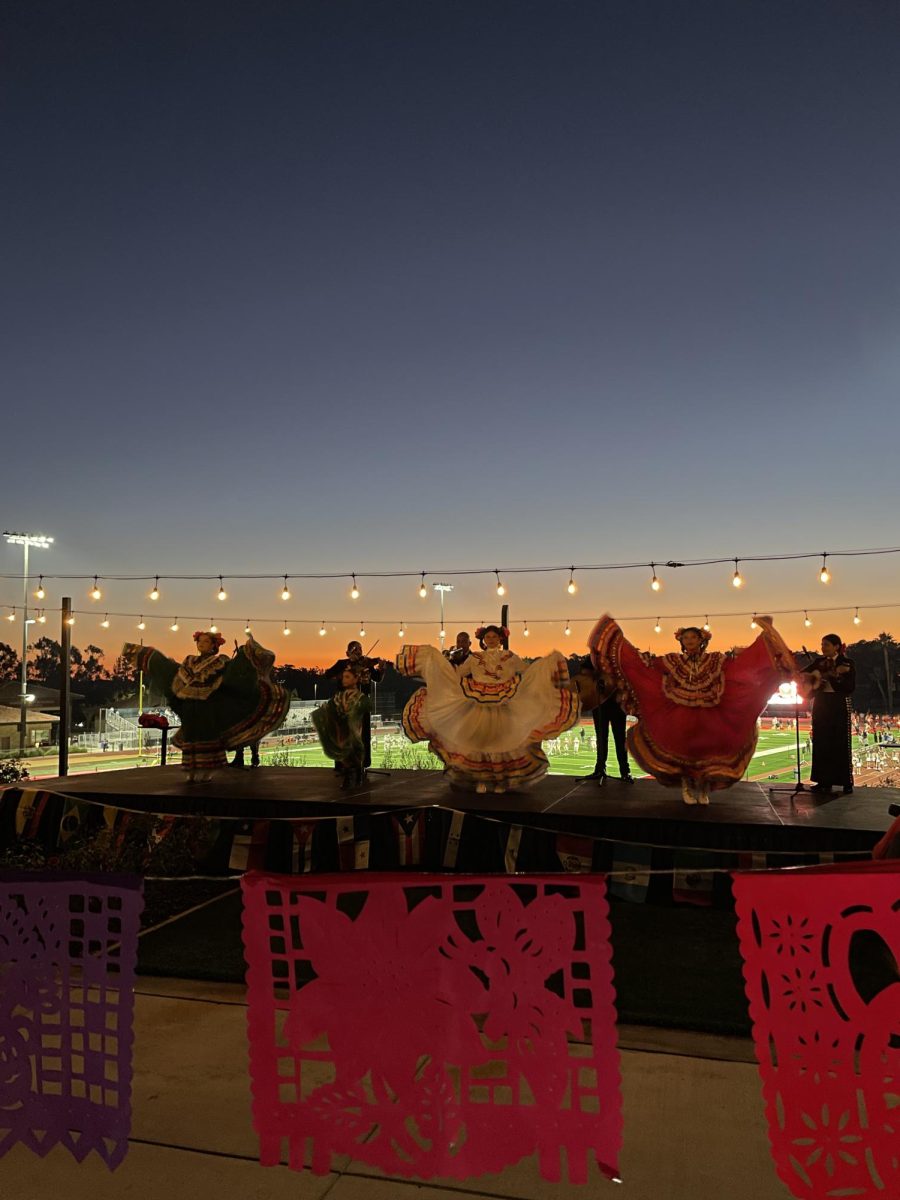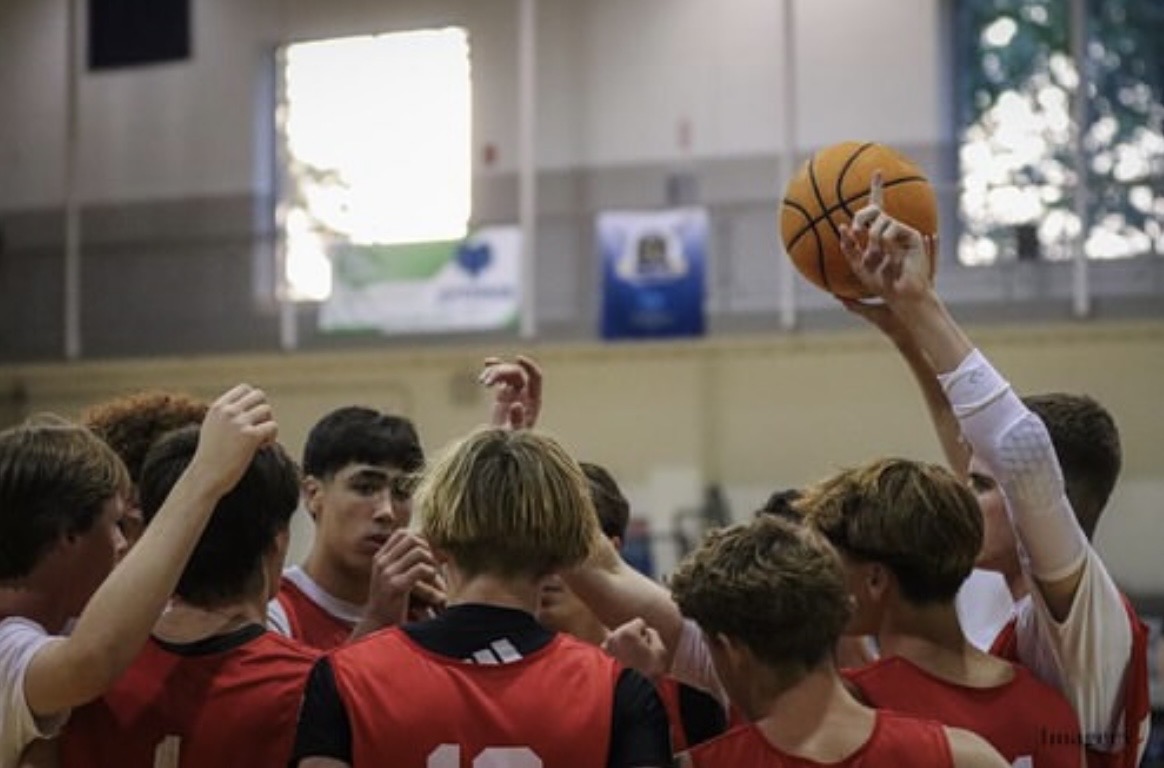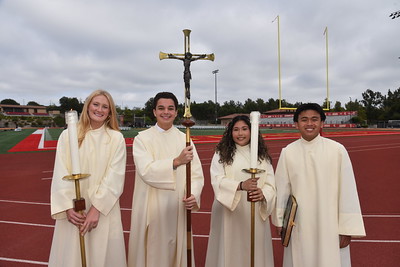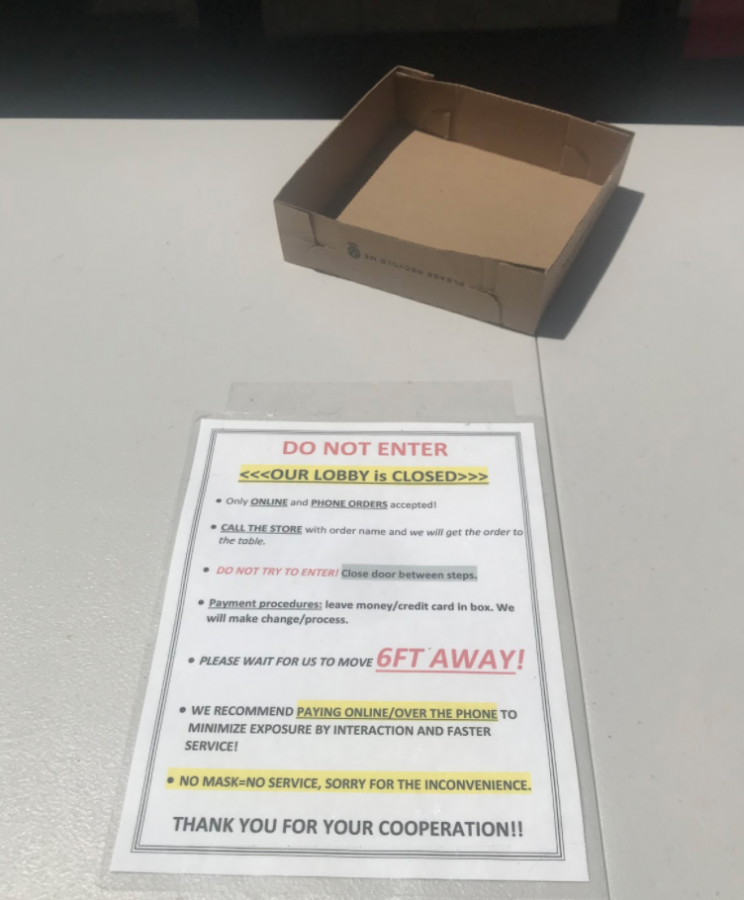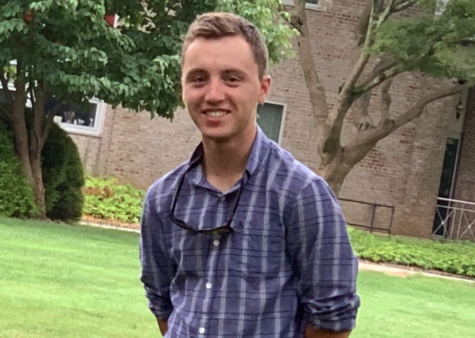San Diego residents face COVID-19 challenges
Numerous Stores and Businesses across San Diego and the United States are forced to adopt protocols to avoid spreading COVID-19. This Domino’s restaurant in Escondido requires certain parameters to be met in order to be served.
April 29, 2020
The COVID-19 pandemic is the largest pandemic the world has experienced since the 1918 Spanish Flu, but unlike the Spanish flu, world governments have created more drastic measures to slow the spread, encouraging individuals to shelter in their homes and only leave for essential trips.
After weeks of sheltering inside, approximately 70% of Americans believe that the United States is moving too quickly through the social distancing parameters, according to a poll drawn by The Washington Post.
The other 30% believe the social distancing parameters infringe on the rights of Americans and cause people to lose their jobs, prompting a fraction of that group to protest the stay-at-home order.
“[The San Diego Police Department] understands the importance of people being able to provide for their families and get back to work,” University of San Diego High School alumnus Captain Scott Wahl ‘91 said. “We certainly want to do everything we can to get people back to the conditions before the outbreak started.”
Special protocols are in place to combat pandemics such as COVID-19.
“The primary goal is to slow the spread of COVID and save lives,” said Cathedral Catholic High School alumni Kyle Gallagher ‘19, a student at the University of California, San Diego who studies public health.
Gallagher emphasizes that in order to meet this goal, healthcare workers strive to develop a vaccine rapidly, use stockpiles of vital equipment such as ventilators, antiretrovirals and antibiotics, optimize hospital capacities, and contain the spread of the disease through social distancing procedures.
“[Those procedures] are based on a few principles of emergency preparedness which includes collaboration, strong leadership, communication, and standardizing processes and protocols,” Gallagher said. “These principals have been challenging during these past few weeks.”
The COVID-19 stay-at-home order also affects small businesses. The government ordered that nonessential businesses close until further notice, leaving thousands without a job.
Even private businesses such as Mission Bay Yacht club recently suspended all operations following the closure of public parks. MBYC was forced to close their doors to members in late March following the closure of the Mission bay recreational area.
“Quite a few people have been laid off,” said University of San Diego High School alumna Áine Fretwell ‘92, a junior sailing coach at MBYC. “Most full-time employees are still around, as we don’t have that many as bigger clubs do.”
This pandemic also affects high school seniors who are preparing for college this fall. CCHS baseball player Lewis Barnum ‘20 tries everything he can to stay in shape for the upcoming college season.
“I’ve been training a lot more now that I have more time.” Barnum said. “My brother and I have been throwing in the street and hitting in our cage. We have been trying to do what we can with what we have at home.”
Students at other schools in San Diego County, like Point Loma High School student Diego Escobar ‘20, face similar struggles. Escobar recently committed to Georgetown University, where he plans to compete on their sailing team.
“I’ve been biking a lot and doing home workouts almost every day,” Escobar said. “One of the good things about quarantine is that it’s giving me a lot of free time to be able to work on getting in better shape. My plans have not changed as of now, but that could change based on the weather, if the summer sailing season is cancelled, and if I still have a job as a sailing instructor this summer.”
San Diego has the fourth largest homeless population in California, leading significant efforts to help keep the homeless safe, according to Captain Wahl.
“The COVID-19 crisis has severely affected the homeless population because they don’t have the appropriate mechanisms to keep themselves healthy,” Captain Wahl said. “One of the best things you can do is social distance, wash your hands, and wear a face mask, but they don’t have access to that equipment.”
The San Diego convention center transformed into a temporary homeless shelter for the duration of the pandemic. Those who stay are offered shelter six feet apart from each other, provided hand washing statements, and provide face masks that everyone is required to wear. Additionally, the center provides shower facilities and medical screenings which exceeds what the Center for Disease Control and Prevention requires.
Captain Wahl stated that San Diego prepares to slowly open up in the near future.
“The mayor talked about opening up some more of our parks and recreation centers in our neighborhoods,” Captain Wahl said. If San Diego continues to press forward [in the fight against COVID], more and more things will begin to open back up slowly.”
One will see requirements to wear a face mask in public, and social distancing measures implemented, as well as requirements to wash hands.
“I think if you start seeing these things open up the closer we get to spring and summer the better everyone is going to be,” Captain Wahl said.


